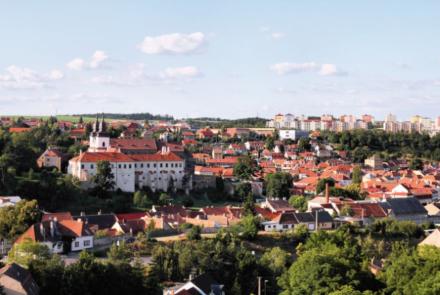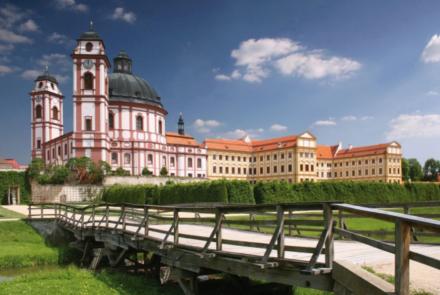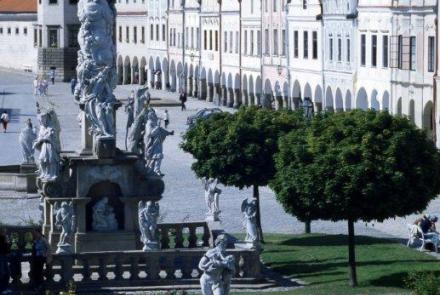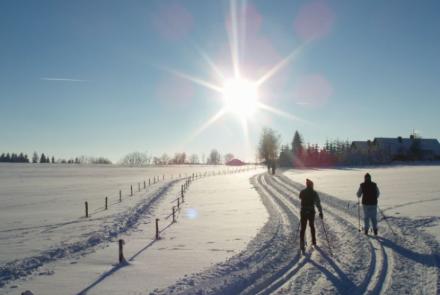Vysočina (or Highlands) is the fifth largest region of the Czech Republic. Natural conditions scattered the local population into more that thousand small towns and villages intertwined by a network of roads dense enough for the locals to easily reach the nearest town while not forfeiting the benefits of country life. Geographically the region occupies the true center of the country crisscrossed by the major routes of transportation, particularly by D1 - the backbone motorway of the Czech Republic. Whereas the eastern portion of the Vysočina Region is economically influenced by the adjacent Brno area, its north-western portion is more affected by the metropolitan area of the Capital City of Prague. Strategic advantages offered by the Region's position have recently attracted quite a few foreign investors who chose to build here not only their manufacturing premises but also the associated research & development facilities. Rolling countryside and pristine nature are why more and more tourists come to Vysočina every year to relax and be active at the same time. The region offers a range of activities wherefrom each visitor will be able to select whatever he or she may like best. Vysočina is the only region able to boast as many as three UNESCO listed World Heritage sites, namely the historical core of the town of Telč; the Pilgrimage Church of St. John of Nepomuk on the Green Mountain at Žďár nad Sázavou; and the Jewish Quarter with the Romano-Gothic Basilica of St. Procopius in Třebíč.
6,796 km²
Population:
508,722
Capital city:




